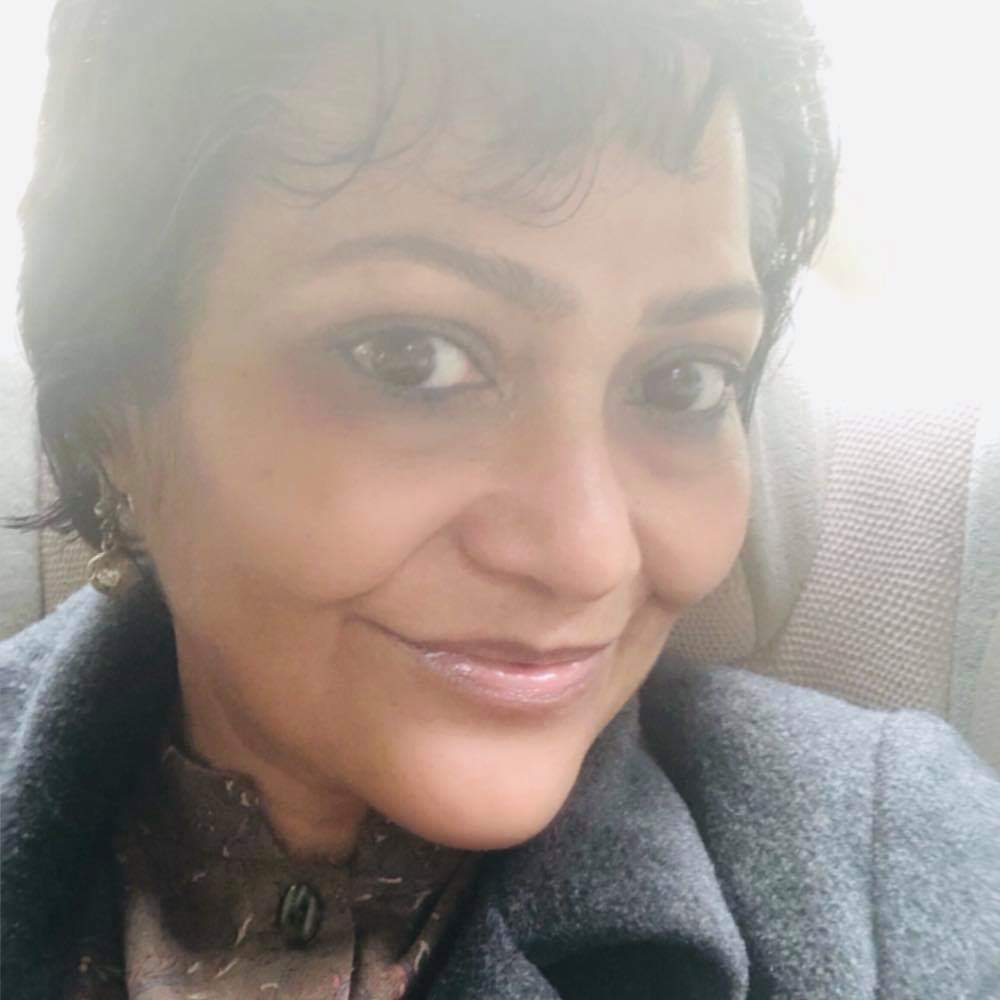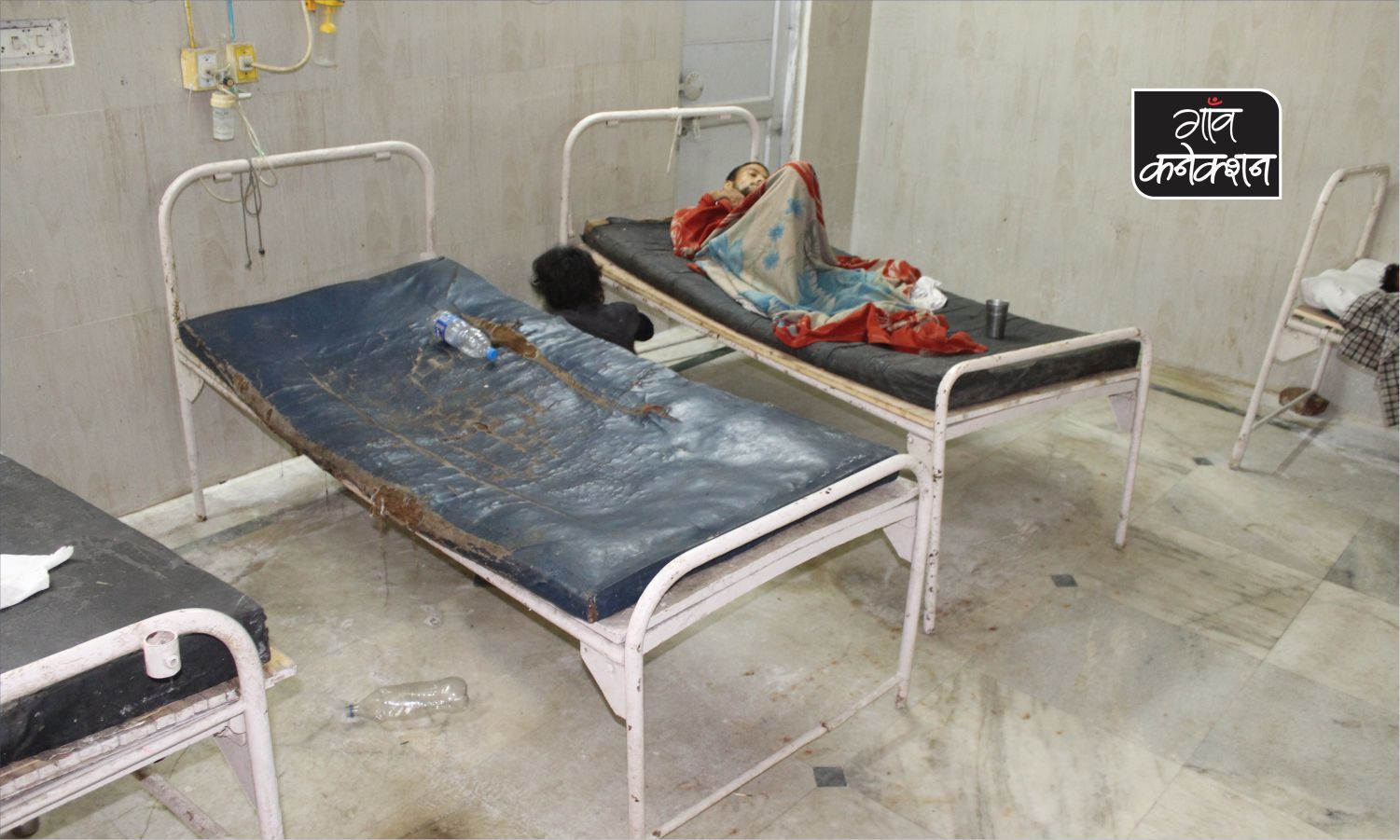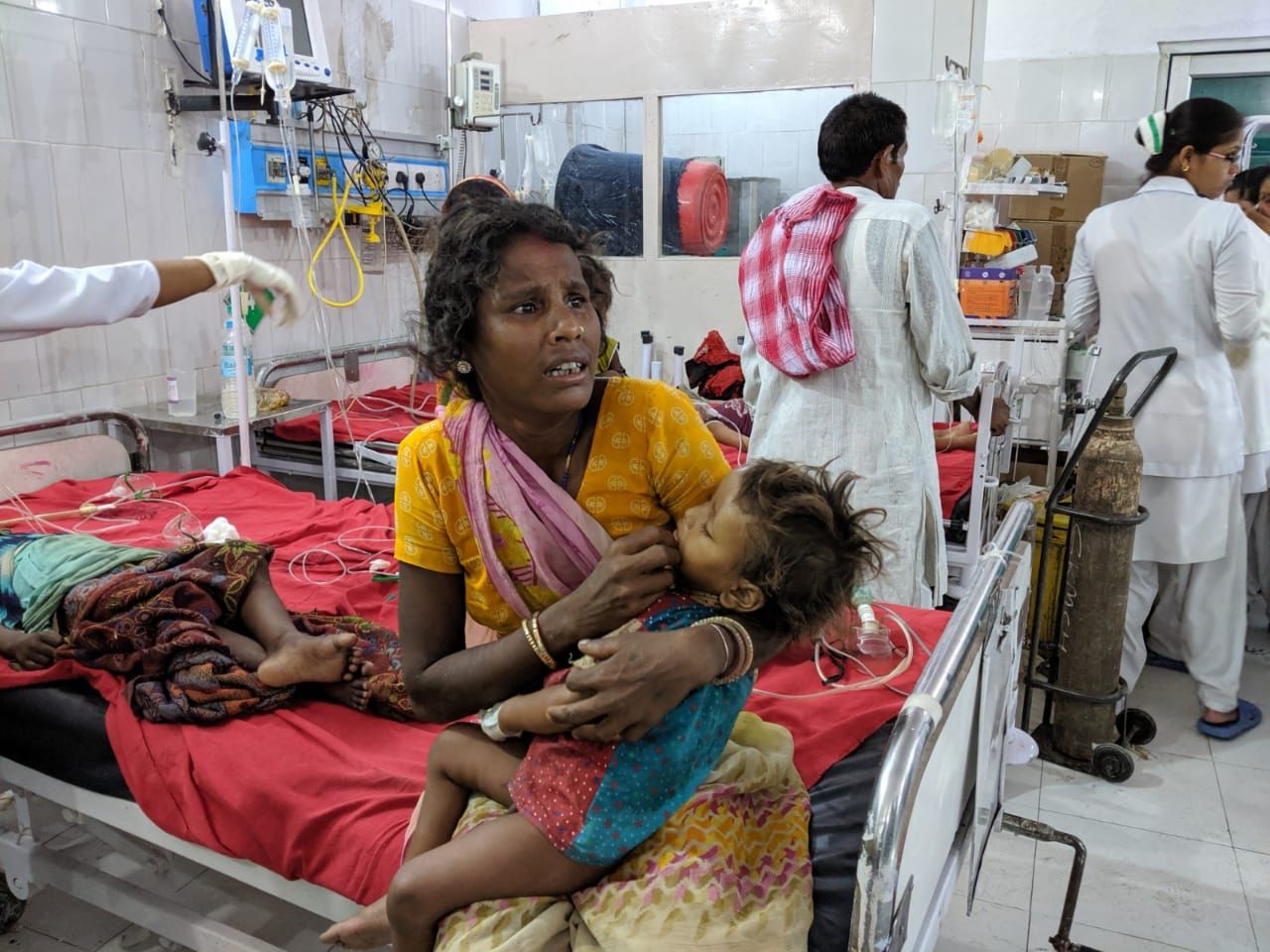Coronavirus scare: India should pay heed as our health system is patchy. India remains vulnerable
The Union Health Minister has said India has remained protected from Coronavirus due to its robust heath surveillance system. But health experts are more cautious in their pronouncements


In a health and wellness centre (HWC) in Sahibabad village, Ghaziabad, Uttar Pradesh, a nurse talks about the patient load and emerging challenges. Every day, there are 80 to 90 visitors at the outpatient ward – village residents, women, men and children who live in and around the Sahibabad industrial area, people from nearby villages. Many have respiratory problems. The nurse on duty has heard of the new Coronavirus, officially known as COVID-19, that first emerged in the city of Wuhan in China at the end of last year and is now spreading quickly through the Middle East, Europe and many other parts of the world.
“Yes. I have heard about it. But we have not had seen any suspicious cases here as yet. So far, there are no official orders or directives about new Coronavirus. Nor do we have any posters or IEC material about it as yet. But on our own, we have begun talking about it to patients. We are asking them to let us know if they have a persistent cough or fever for more than two weeks. We are not equipped to do diagnostic tests for the new virus at this centre but we can refer any suspicious cases to the MMG District Hospital … that is all we can do. The air is polluted. Respiratory problems are very common here. It is going to be tough to detect cases of the new virus if it ever strikes.”
The nurse laments that few in Sahibabad village have the habit of taking precautions like wearing protective masks.

Italy, Iran and South Korea are the surprise new hotspots for COVID-19. the time of writing, the global death toll from the virus is close to 3,000.
In India, the Coronavirus infection was confirmed so far among only three students from Kerala (among Indian citizens present in the country). All three have been discharged from the hospital and are reported to be healthy.
“India has remained protected from the novel Coronavirus due to its robust health surveillance system,” said Union Health Minister Harsh Vardhan.
But frontline workers and health experts are more cautious in their pronouncements. Anyone who has travelled around rural India knows how over-stretched and under-resourced the primary health care system is and the daunting challenges it faces.
Kerala has done a good job, but not all states in India have Kerala’s advantages which include high literacy, health-seeking behaviour and a health system that functions well most times.
Given the weak health system in many parts of villages in India, case detection is not easy. Add to this, a weak death registration system. In developed countries, almost all deaths are registered. The cause of death has to be recorded in the official medical death certificate. But, the situation in developing countries is different. Many deaths go unrecorded, and the estimates of the specific causes of death are usually predicated on people who die in hospitals and under medical supervision. In India, millions of people do not die in hospitals.
Time will tell whether we underestimated the true disease burden.
In short, there is no room for complacency.
Take the case of India’s most populous state – Uttar Pradesh — which has a population (200 million), almost the same as Brazil. The Uttar Pradesh government says it has reserved 820 isolation beds across the state for travellers returning from China in the wake of the Coronavirus outbreak. Official statements note that medical colleges in Uttar Pradesh have been asked to be in a state of readiness, stock up for adequate infection prevention logistics for travellers and hospital staff.

Till date, the state district surveillance units and other WHO-affiliated teams in Uttar Pradesh have reportedly tracked more than 1,700 passengers travelling from China and other Covid-19-affected countries. Samples from four travellers have been sent to specialist institutions such as NIV, Pune; KGMU Lucknow, according to the vector-borne disease division of Uttar Pradesh directorate of health services, Lucknow.
Official statements say the health department in Uttar Pradesh has conducted sensitisation meetings in 1,461 villages situated in districts bordering Nepal.
But challenges are enormous in rural Uttar Pradesh as villages in many other parts of India due to a stark reality of the health system and the nature of the new virus.
Dr G Arunkumar, the Director of Manipal Institute of Virology (MIV) and one of India’s Virologists (infectious disease specialists) points out the disease’s long incubation period, transmission by mild cases, and possible asymptomatic transmission.
“Because of all these factors, many cases may not get reported. Primary health care system is not strong in many parts of the country. Severe cases have symptoms that are like that of pneumonia and that is why laboratory supported pneumonia surveillance needs to be urgently strengthened. We need to have strong pneumonia sentinel surveillance to collect data. This may help detect any possible community transmission early and help appropriate containment.”
He added: “Unless we test pneumonia cases specifically for COVID-19, we will not be able to detect early indications of community spread.”
Health experts say hospitals have to be prepared in case we do start getting more confirmed cases and the primary health centres have to be on the alert and refer any case that seems suspicious to hospitals that are equipped to handle them.
Kerala offers many lessons that other states can learn from, as a recent paper from the Observer Research Foundation, a think tank, points out. Oommen Kurian, the principal author of the paper, titled, ‘The Covid-19 situation: How is Kerala dealing with the novel Coronavirus (2019-nCoV)?’ notes that given the Indian climate and air pollution levels, a few cases with mild respiratory disease getting drowned in the usual flood of mild respiratory diseases across the country is a distinct possibility.
The ORF report points out that Kerala has been publishing daily updates about quarantine, tests and hospitalisations. The three students who had contracted the infection are now out of danger. However, given the close linkages between Kerala and Wuhan, both hospital-based and community-based quarantine efforts are on.
Of the suspected patients kept under isolation in hospitals, many are being discharged and shifted back to community surveillance as test results are negative and symptoms subside.
As the country braces for Covid-19’s impact, the government of India should ensure regular release of state-wise data on quarantine and tests, which it compiles on a daily basis, so that media speculation is avoided. With Nipah, and now Covid-19, Kerala provides a template for the Central government, of calm and alert public health problem-solving, the ORF report recommends.
Globally, the big concern is that if large numbers of cases emerged, the levels of treatment that people with the virus need — such as supplemental oxygen and intensive care — are not readily available everywhere. India should pay heed even if it seems unaffected as of now. Our disease data collection and health system are patchy. India remains vulnerable.
Patralekha Chatterjee is an award-winning journalist/columnist, and photographer focusing on development issues. Currently, her writing focuses on the intersection of politics and public policy on a range of inter-linked development issues for Indian and international media.
(Views are personal)

